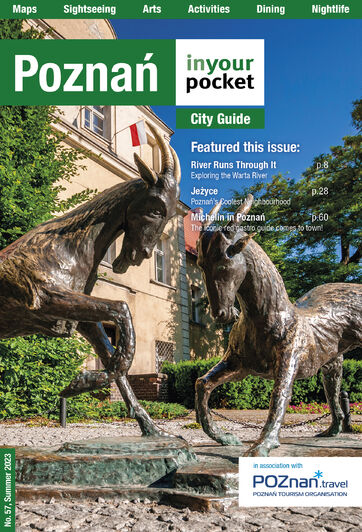History
What you see before you wasn’t always a lake, more of a river running by Poznań. In 1178 Prince Mieszko invited representatives of the Knights Hospitaller to the region, and they in turn built St. John of Jerusalem Church - now regarded as the oldest brick place of worship in the country. By 1530 the West European branch of the Knights had resettled on Malta, and so their order found itself renamed The Knights of Malta. The chaps who had come to Poland followed suit, and soon the locals were also referring to the area they decamped to as ‘Malta.’
For the next few hundred years Malta went largely unnoticed, and it was only in the 19th century that the people of Poznań suddenly realised they had a great place to head for a weekend stroll, or wobble around on a newfangled contraption called a bicycle. Adding to Malta’s appeal was its dense greenery and relative isolation from prying eyes, making it popular with frisky couples. After WWI numerous ideas for Malta came to the fore, but all eventually hit a wall with the exception of Adam Ballenstaedt’s ‘Freedom Mound.’ Not ones to faff around and wait for planning permission it was the Nazis who actually changed Malta to the Malta we know today. It was on their initiation that thousands of slave workers were drafted in and began damming the river to create a lake, and while they never saw their plans realised, the communists who took over did. The job was finished in 1952, and the results you can see for yourself.
Between 1980 and 1989 the lake was completely drained, and the surrounding area given a facilities facelift in time for the World Canoeing Championship in 1990. Today it’s still regarded as a top-quality course, as proved by the decision to hold the 2009 World Rowing Championships here. An enormously popular leisure destination for people throughout the region, new attractions and facilities are constantly being added as the area’s allure continues to grow.


